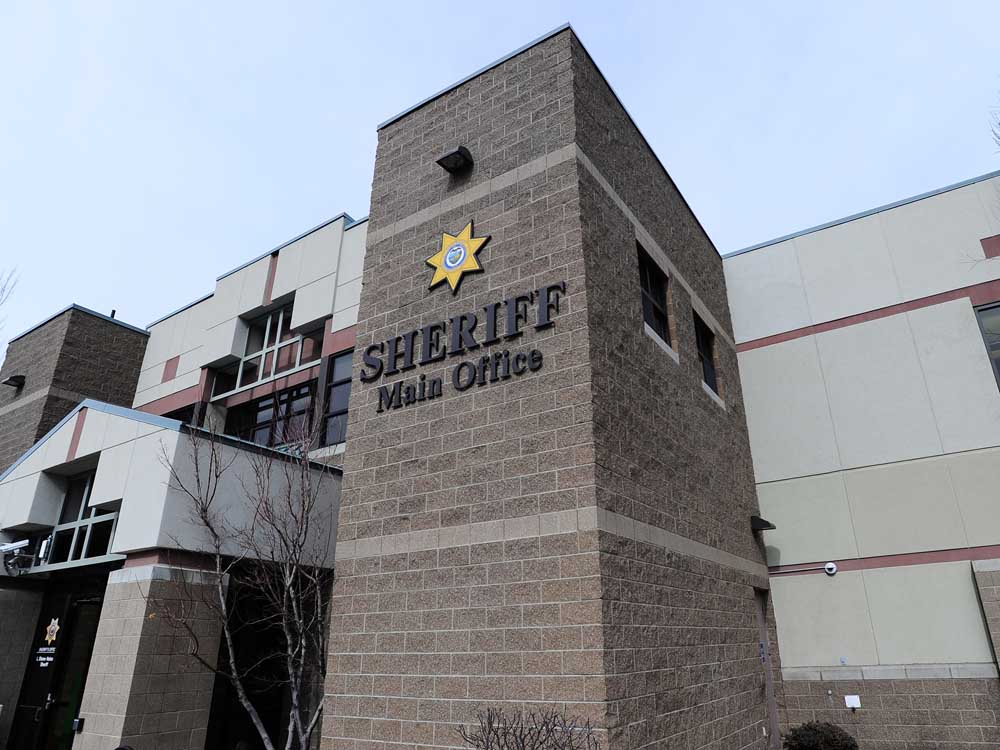Editorial: Schools, parks should say ‘no’ to Bend redevelopment tax scheme
Published 12:00 am Tuesday, March 20, 2018

- The Bend City Council during a work session. (Ryan Brennecke/Bulletin file photo)
Bend’s Central District is ripe for redevelopment, but it may not happen anytime soon without a nudge or two or three from the city.
The district is just east of the Bend Parkway bounded to the north by Revere Avenue, to the south by railroad tracks south of NE Burnside Avenue and to the east by Fourth Street. The city dubbed the Central District and a few other locations in Bend “opportunity areas” — good places for more intense development.
Trending
City staffers have been rehearsing their arguments and on Wednesday plan to take several hours to go over options with the Bend City Council for places to redevelop and how to pay for it.
It’s impossible to go through the city’s 95-page report without coming to several conclusions. It could be shorter. Staff is gung-ho to find money to do something. The Central District is a likely choice. And it seems likely the money-gathering instrument of choice will be tax increment financing. That sort of financing should cause concern — if not revolt — over at the offices of the school and park districts.
Tax increment financing is a complicated government artifice guaranteed to make even readers of editorials sleepy. Here goes: The city would create or expand an urban renewal area. Taxes collected in that area are then sort of frozen. Taxing entities — like the city, the school district and the park district — continue to collect what they have been collecting. But as property appreciates in value or new taxable investment is created over the frozen level, that new money is diverted essentially to the city to be spent on the urban renewal area. The city can use that revenue stream to pay for bonds sold to raise money for improvements. For instance, if the Central District is going to have a lot more development, there’s a need to add sewer infrastructure capacity worth about $13 million over a decade and a desire to end the scourge of narrow sidewalks or no sidewalks with wide, super-pedestrian-friendly ones.
What does that have to do with parks and schools? Basically, it would mean a loss of future tax revenue for that area for as long as the urban renewal district lasts. It would not affect the Bend schools directly because of the way school funding works in Oregon. It would, though, mean a direct loss of revenue for parks.
You could construct an argument that it wouldn’t have all that much impact on the schools or parks and the improvements would enhance Bend and lead to greater park district and school district revenue in the future. The city’s report deals with the issue with schools this way: “School District staff mentioned that negative funding impacts to Bend-La Pine Schools resulting from Urban Renewal Districts is minimized (roughly three cents per dollar of assessment targeted to an Urban Renewal District) at the local level due to state law and the State’s funding formula.”
Remember, though, Bend’s growth is going full steam ahead. The school and park districts should make a fuss about any money it or the state will lose to keep up with that growth. Voters won’t forget next time the districts come calling for a school or park bond.








